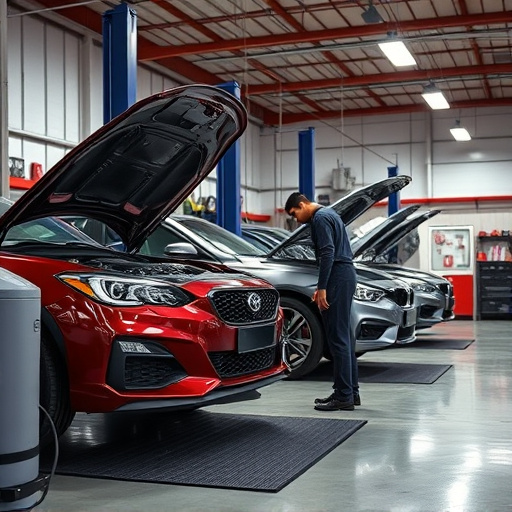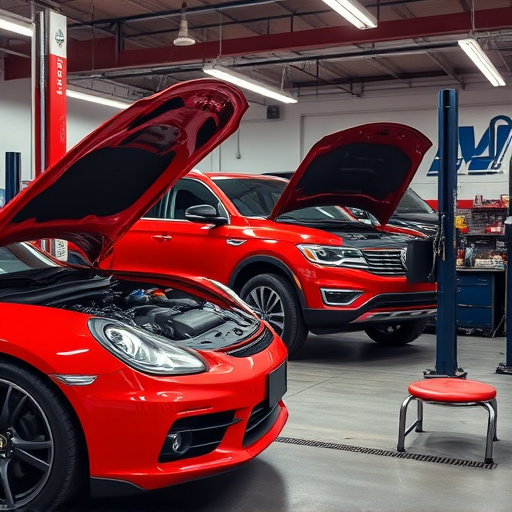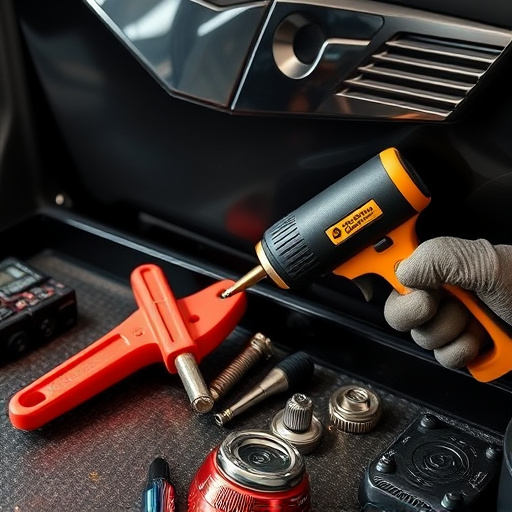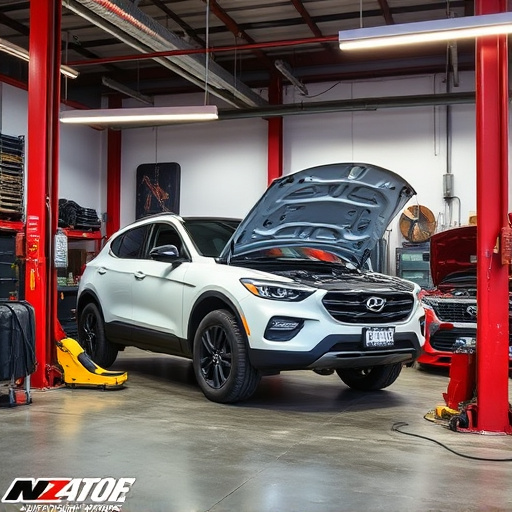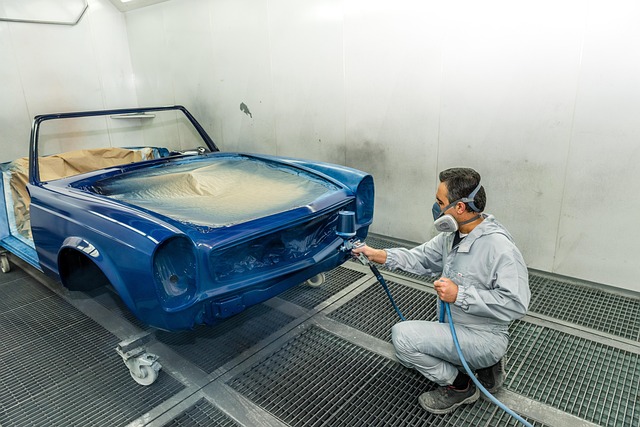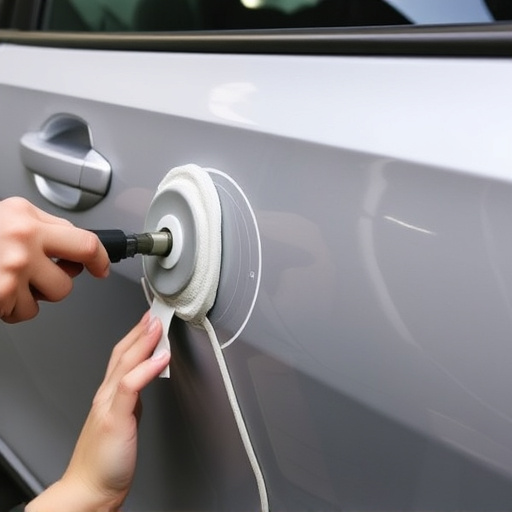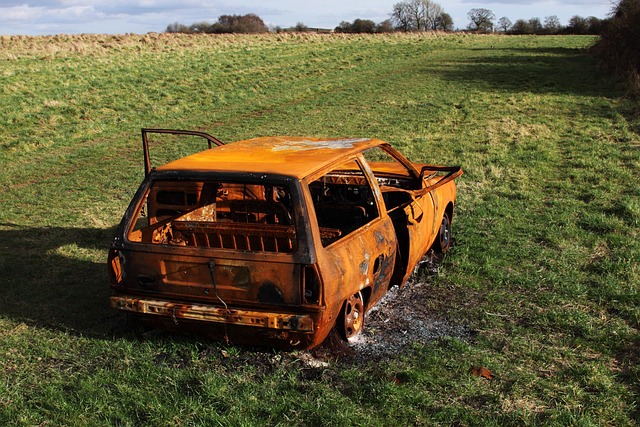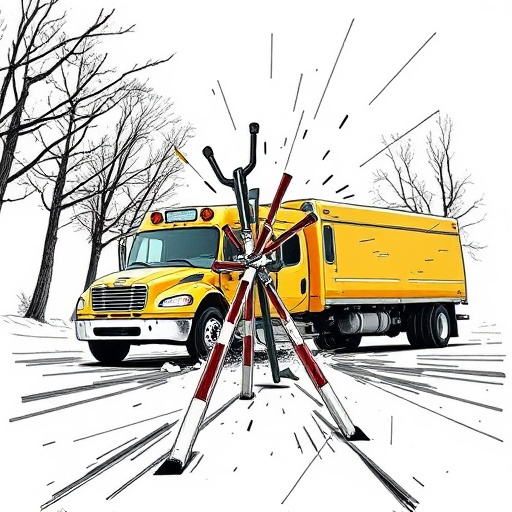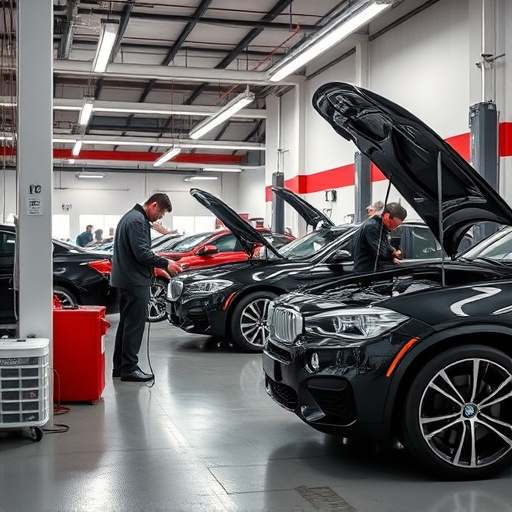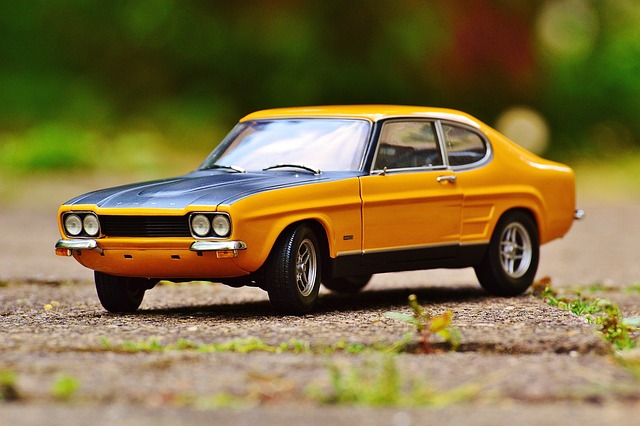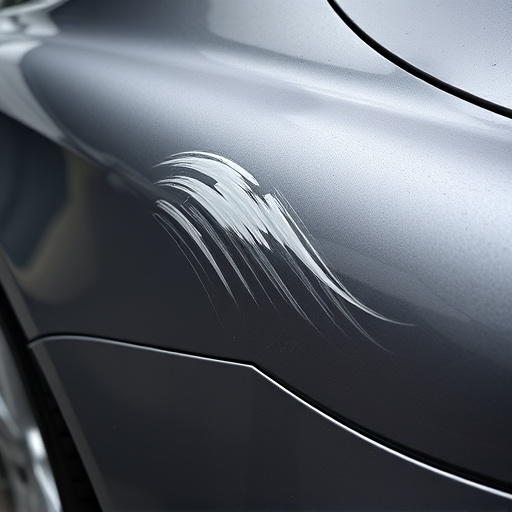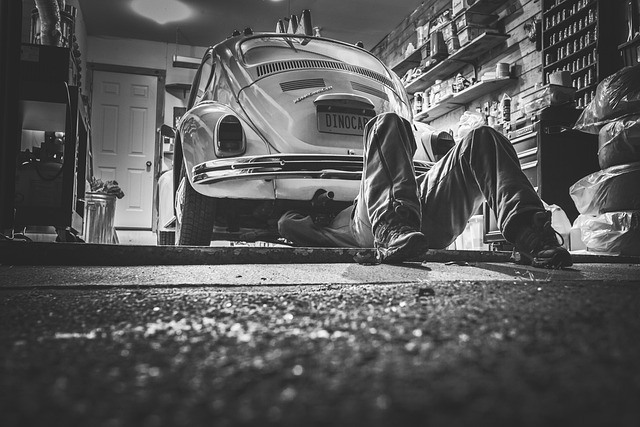Collision molding replacement in Mercedes-Benz repair is a multi-stage process: remove damaged parts, address underlying issues, install new components, and paint for a seamless finish. Skilled technicians ensure alignment and security. Staff training emphasizes clear explanations through interactive workshops, role-playing, and visual aids, focusing on Mercedes-Benz models to enhance communication and client satisfaction during the molding replacement collision process.
In the automotive repair industry, efficient staff training is crucial for ensuring accurate and timely molding replacement collision explanations. This article delves into the essential aspects of preparing your team for this complex process. We explore effective training methods, emphasizing clear communication strategies to enhance customer satisfaction and reduce errors. By understanding the collision molding replacement process and adopting best practices, you empower your staff to confidently navigate these intricate repairs, fostering a positive customer experience.
- Understanding Collision Molding Replacement Process
- Effective Training Methods for Staff Preparation
- Communicating Clear Instructions: Key Strategies
Understanding Collision Molding Replacement Process

Collision molding replacement is a meticulous process that demands precision and expertise. It’s a critical step in Mercedes-Benz collision repair, ensuring the vehicle regains its original aesthetic appeal and structural integrity. The procedure involves several stages. First, the damaged molded part is carefully removed, often with specialized tools to prevent further degradation. Then, the surface is prepared, addressing any underlying issues like dents or paint imperfections.
Once ready, a new molding component, typically made from high-quality materials, is installed. This requires skilled technicians to align and secure it perfectly, matching the vehicle’s original specifications. The final step involves meticulous painting to blend seamlessly with the surrounding body panels, offering a flawless finish. Collision repair services that specialize in this process ensure customers’ vehicles not only look like new but also benefit from enhanced safety and structural stability, such as effective dent removal techniques.
Effective Training Methods for Staff Preparation

Effective staff training is paramount when it comes to ensuring clear and accurate explanations during molding replacement collision processes. One of the most successful methods involves interactive workshops where employees engage in hands-on exercises, simulating real-world scenarios. This could include presentations with visual aids showcasing different types of moldings, their functions, and common damage patterns. By allowing staff to practice using appropriate tools and materials, they gain practical experience that reinforces theoretical knowledge.
Additionally, role-playing exercises can significantly enhance understanding. Employees can act out customer interactions, refining their communication skills in a safe environment. This prepares them to address client concerns regarding bumper repair or vehicle body repair, ensuring they provide transparent and comprehensive explanations throughout the molding replacement collision process.
Communicating Clear Instructions: Key Strategies

Effective communication is paramount when training staff for clear molding replacement collision explanations. The goal is to ensure every team member understands the intricate details and process involved in this specialized automotive repair, specifically focusing on Mercedes-Benz models. Key strategies include employing a step-by-step approach, using visual aids such as diagrams or mock-ups of the moldings, and encouraging open dialogue throughout the training session.
Instructors should break down the molding replacement process into manageable segments, explaining each step clearly and concisely. This facilitates a deeper understanding, especially for those new to collision repair. Additionally, incorporating real-life examples from the collision repair shop’s recent work can provide valuable context, helping staff members grasp practical applications of the training concepts.
Effective staff training is a cornerstone of successful molding replacement collision explanations. By implementing clear communication strategies and utilizing suitable training methods, automotive businesses can ensure their team members are well-prepared to guide customers through the collision molding replacement process. This, in turn, enhances customer satisfaction and builds trust in the services offered, ultimately contributing to the business’s success and reputation in a competitive market.
